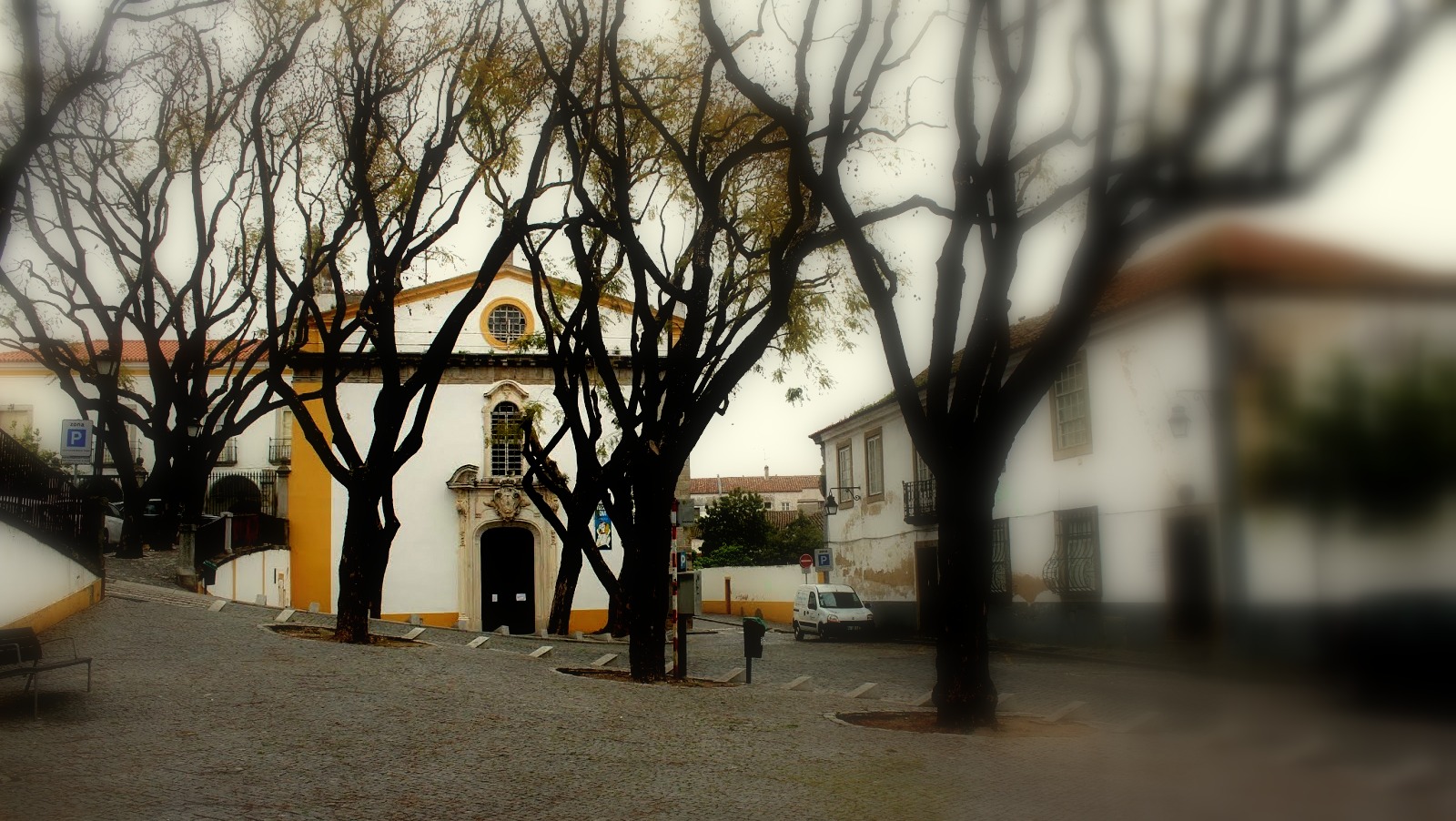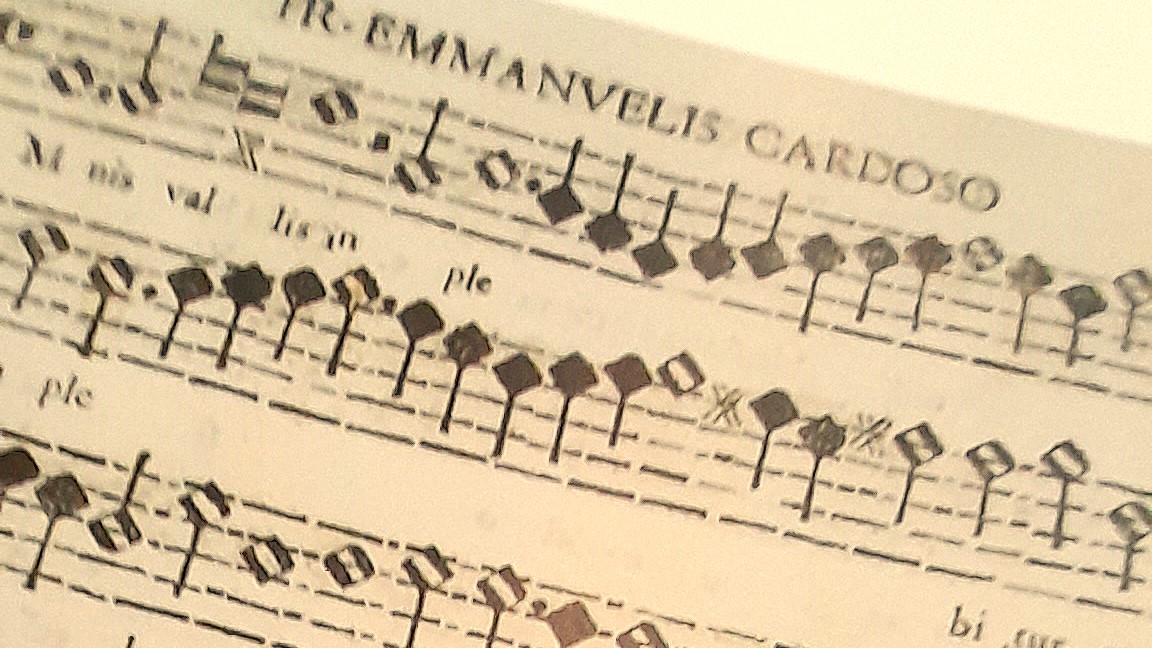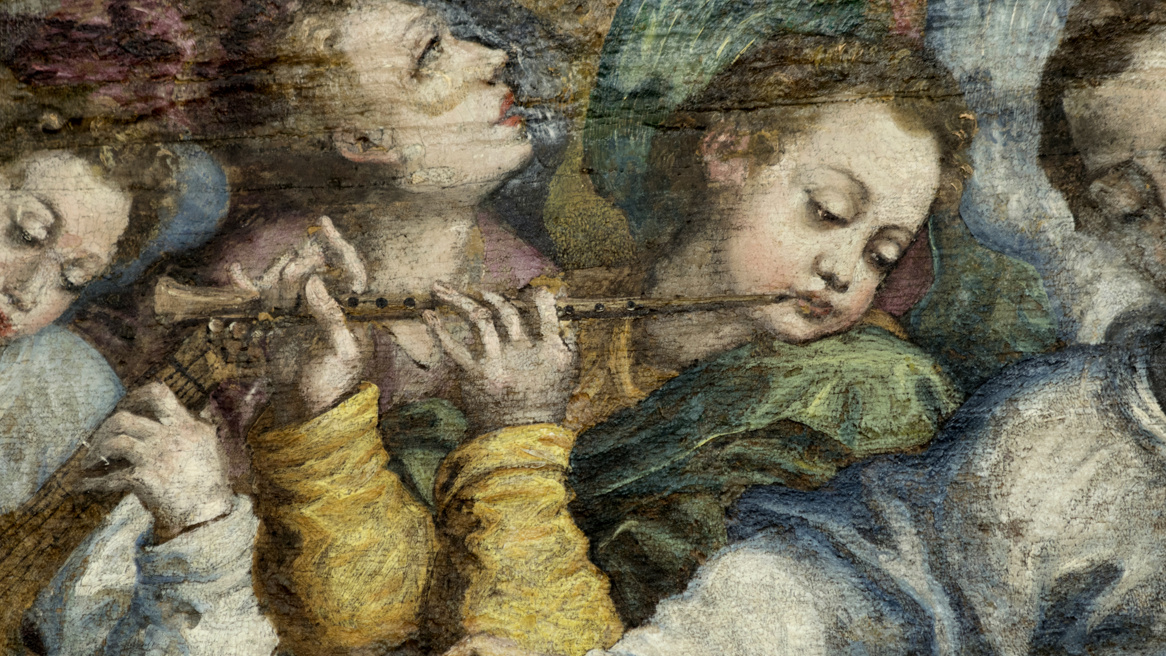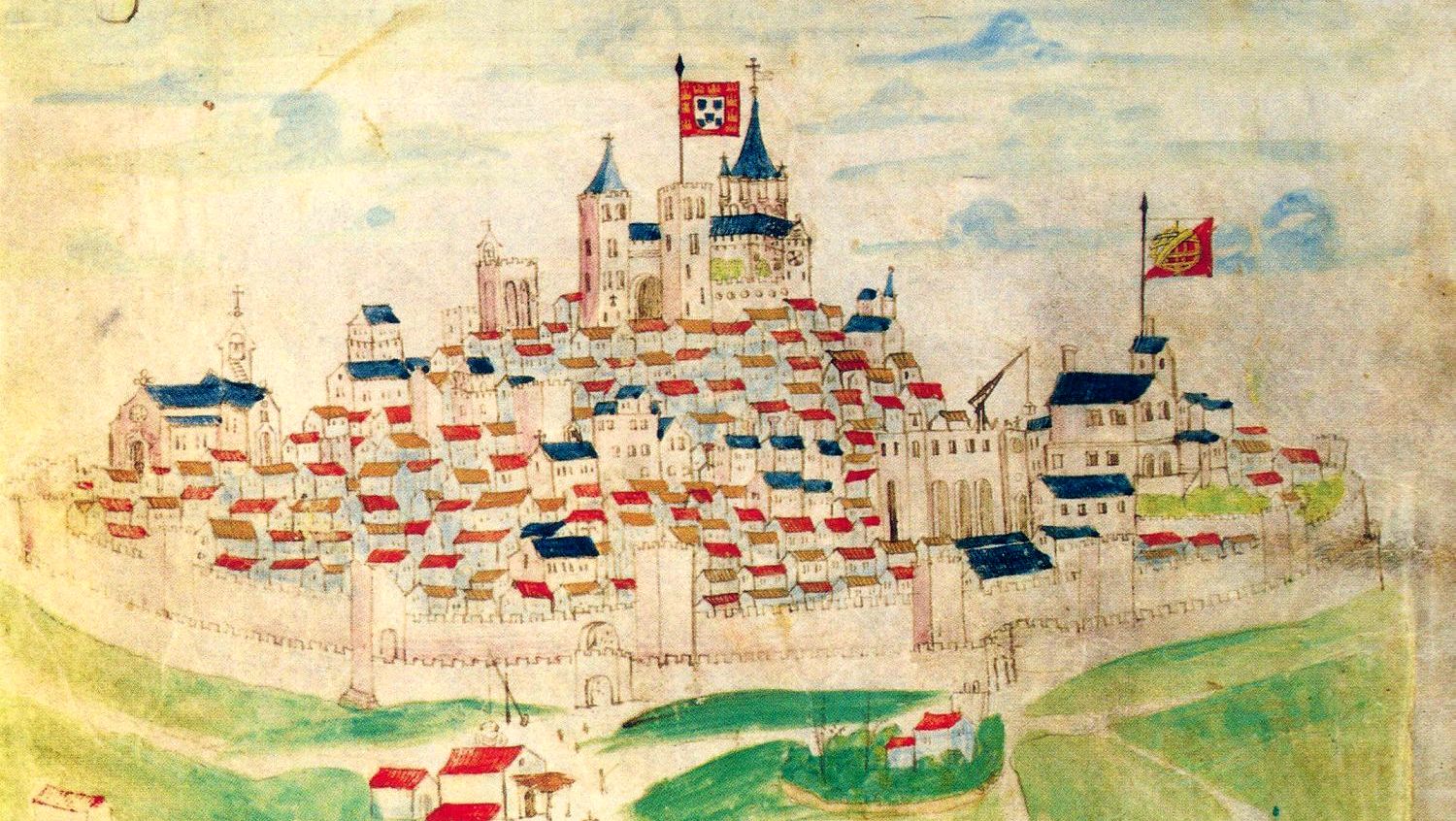The Procession of Soledade in 1656 Évora
The Procession of Soledade in 1656 Évora ❧ The so-called Good Friday procession organized by the Misericórdia of Évora in 1656, was in fact the procession of the Soledade. This procession seemed to be a strong Iberian devotion that commemorated the solitude of the Virgin Mary on Holy Saturday, and was part of a wider devotion practised on Good Friday. …










